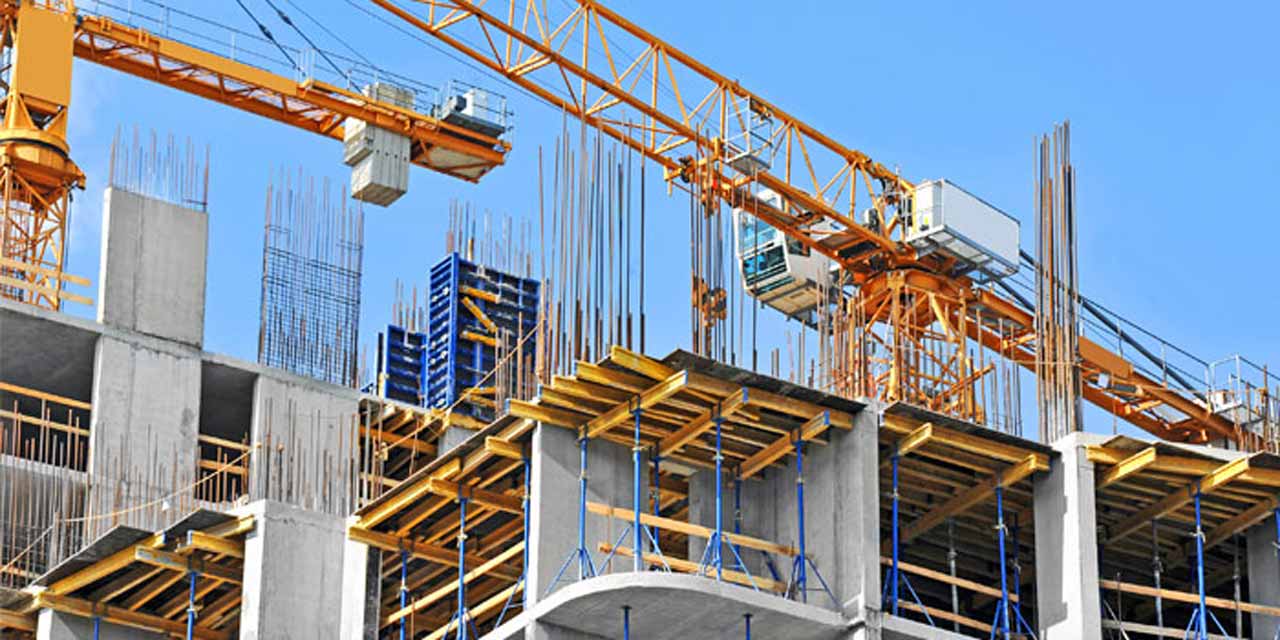Development projects aren’t always according to a predetermined schedule. Property developers typically require fast, flexible funding to help keep the project going. This is why the development finance bridge is essential.
This article provides the most commonly used scenario of property development in which the bridging loan is not just helpful, but often the best decision for a financial plan.
Ground-Up New Builds
A popular use of development bridging finance is financing the construction of ground-up projects. This involves buying land and constructing one or more commercial or residential units entirely from the ground up.
The reason why bridging finance is effective:
- Developers are able to act swiftly to ensure the security of the land.
- Funds are released in stages as construction progresses.
- The term “short-term” borrowing is a good fit for the cycle of a typical build project.
The benefits of bridging loans are especially beneficial in cases where planning permission has already been granted and construction has to begin immediately.
Conversions and Change of Use Projects
The conversion of commercial buildings into homes, or vice versa, is increasing in popularity in urban zones. Warehouses, offices, and even churches are being converted into apartments, homes, or mixed-use developments.
Development loans that provide bridging support for these conversions through:
- Offering quick capital before refinancing in the long term is put in place.
- Layout reconfiguration and upgrades to compliance.
- Allowing developers to reach the new value following completion.
When the conversion is completed and the value is revalued, developers usually make repayments to the bridging loan through the sale or refinance.
Heavy Refurbishments
Some property projects do not require new construction. Some require significant remodels to update buildings, repair structural problems, or increase the area.
Examples include:
- Replumbing, rewiring, or a complete reconstruction of the roof.
- Building floors or adding extensions.
- Converting a single house to multiple apartments (or in reverse).
Traditional lenders are often reluctant to finance these projects, particularly if the property is uninhabitable. Development bridge loans are able to supply the funds required to finish the work and increase the value of the property.
Partially Completed Developments
Sometimes, developers initiate the project only to find themselves out of money. This is often due to overruns in costs and delayed sales, or problems with lenders previously.
In these situations, it is possible to use bridging financing to:
- Restart projects that are in limbo.
- Hire contractors or pay suppliers.
- Complete the development to sell it or refinance.
Because bridging lenders consider the potential value of the project (GDV) and the potential value of the project, they could still be able to approve loans, even if the project is still in mid-construction.
Land Acquisition
Developers are often required to act quickly in order to acquire lots in areas that are desirable, particularly before the planning process is established.
The Bridging Loans help with:
- In this way, you can purchase right away during the time that the planning application is in process.
- Allowing the developer to get permission before refinancing using development finance.
- Beware of delays that could permit an additional buyer to take over.
Without planning or planning, if the land is a good development opportunity and lenders are willing to consider short-term financing through an exit strategy, and the experience of the developer.
Auction Purchases for Development
Opportunities for development and land often appear at auctions of property, and the auctions that win usually have to be completed within 28 days.
Development bridging finance is the perfect match for:
- Funds can be secured within a matter of days.
- Developers can bid confidently, being confident that they will complete the project within the timeframe.
- Bridging is a bridge between the land purchase and construction stages in the beginning.
This is a great option for developers who are buying plots that are vacant, abandoned buildings, or houses with the potential for extension or conversion.
Finishing Touches and Exit Preparation
Even after a home is renovated or built, developers might require funds to:
- Install bathrooms, kitchen, or flooring.
- Market and stage unitare are available to be sold.
- Do not miss the seasonal slowdowns in the real estate market.
A short-term bridging loan may allow cash flow throughout this time. It’s sometimes referred to as financing for development’s exit and allows developers to breathe in the meantime they wait for sales to be completed.
Joint Ventures or Portfolio Expansion
Developers who work with partners or expand their portfolio often require quick and flexible capital to take advantage of opportunities that are time-sensitive.
Development loans that provide bridging:
- Capital injections in the short term between projects.
- Funds to acquire multiple sites at the same time.
- A bridge that connects exits from one project and an acquisition by another.
Because lenders tend to focus on the potential of the venture instead of just personal earnings, experienced developers with a solid track record can get more expensive loans.
Final Thoughts
Development bridging loans can be an extremely flexible tool for new and experienced property developers as well. If you’re starting from scratch, renovating an existing structure, or restarting a previously stalled project, bridging finance could offer the speed and organization you need to be on time and within your budget.
Understanding the kinds of projects that are most profitable, such as new construction, conversions, or refurbishments, as well as land transactions, you can use development financing in ways that lower the risk of loss and boost your profit potential.


